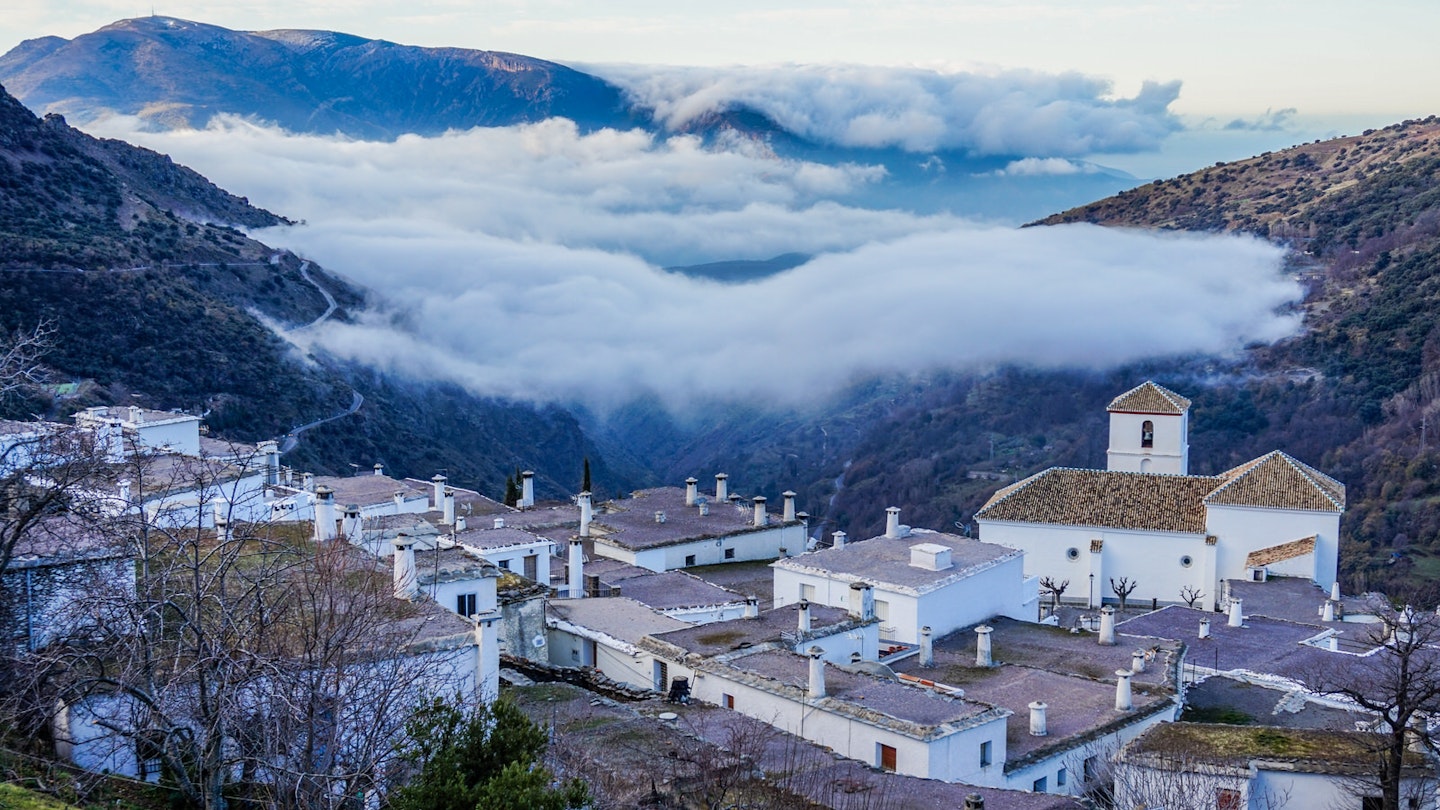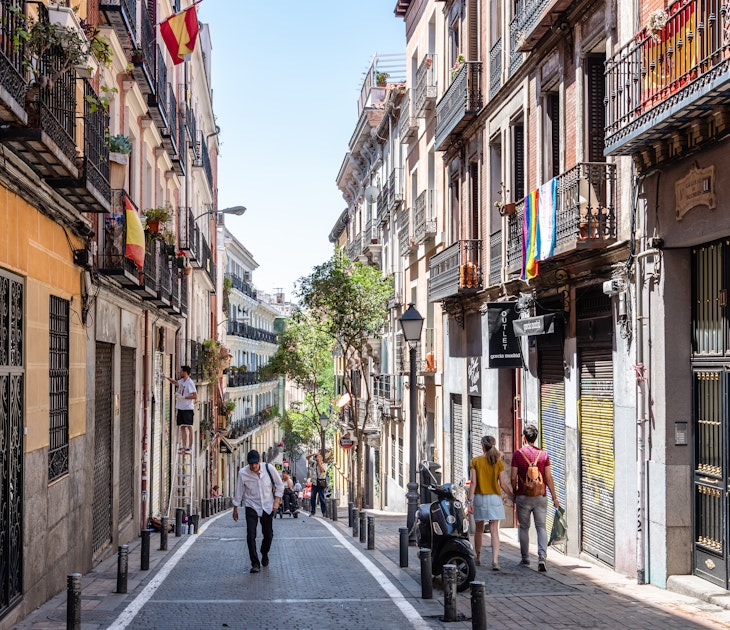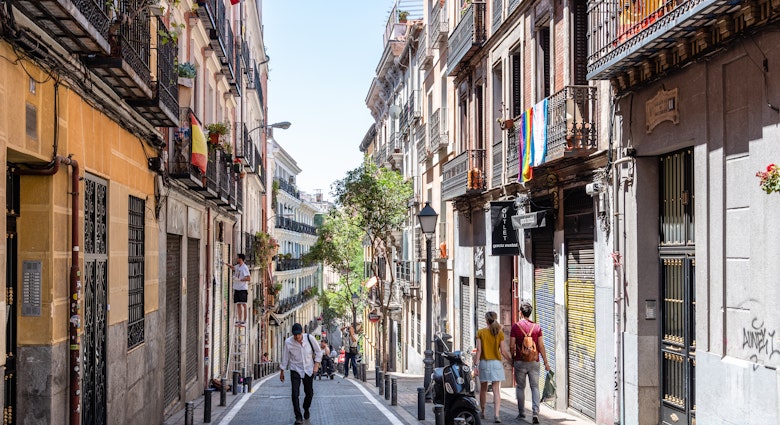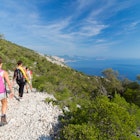The Camino de Santiago might be Spain’s most revered long-distance footpath, luring romantics, masochists and lost souls in search of spiritual enlightenment; but, with over a quarter of a million walkers now tackling the trek annually, it’s hardly off the beaten track.
For a more tranquil experience, decamp instead to the GR7, southern Spain’s less-trodden camino, where you can roam alone above wispy clouds before descending for quiet nights in pilgrim-free villages.
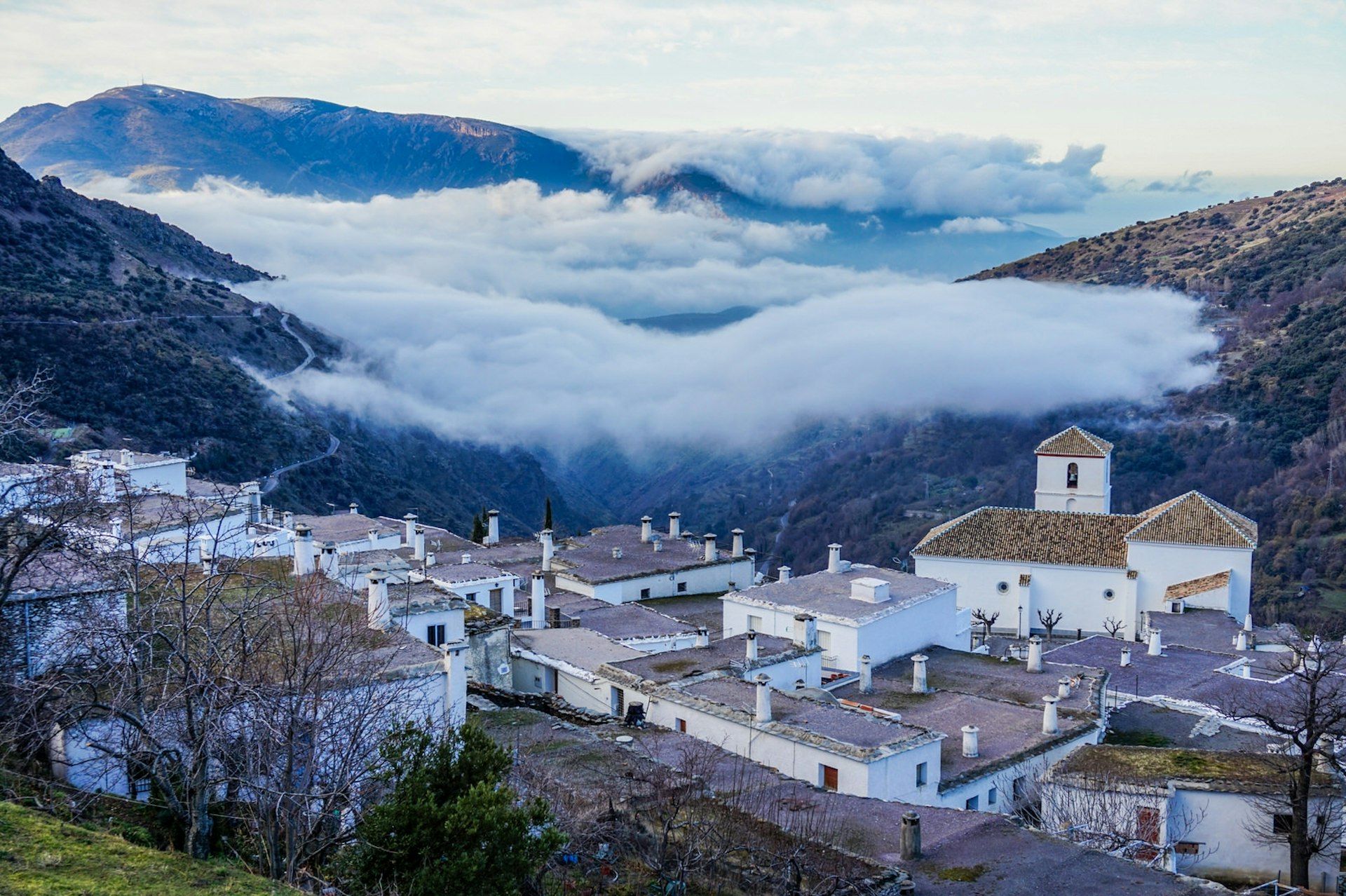
The gran recorridos of Spain
The first of Spain’s gran recorridos (great tours) to be officially marked out in 1974, the GR7 runs 1900km from Tarifa on Spain’s southern tip to the Pyrenees on the border with France, whereupon it continues as the E4 footpath all the way to Greece. Of its many bite-sized sections doable in a week, few are as wondrous or user-friendly as the passage across the southern flank of Andalucia’s Sierra Nevada and through the canyons and white villages of Las Alpujarras.
The magnetism of Las Alpujarras – aside from the monolithic mountain scenery – lies in the region’s unusual Islamic heritage. This was the last refuge of the Moors in Spain. Long after Boabdil, Granada’s final Nasrid sultan, capitulated to the Catholic monarchs in 1492, rebellious Moors were still waging a guerrilla war from isolated mountain bases in the Alpujarras (the last Moorish rebellion was snuffed out in 1571). The lingering Moorish influence is reflected in the region’s exotic place names, traditional artisan crafts and flat-roofed, Moroccan-style villages that lie splattered across steep-sided canyons like white cubes on a Picasso canvas.
The path from Válor
The region’s villages are linked by a thorough network of roads, but car-reliant travellers will only glean a fraction of what the Alpujarras are all about. Válor, close to the border with Almería province, is an ideal place to begin your journey and get culturally acquainted. As well as being located on the GR7, the village is conveniently served by daily buses from Granada and – should you arrive late – equipped with a fantastic B&B, Los Arcos (losarcosholidays.com), in the main square. Essential carbo-loading for upcoming treks can be undertaken in Restaurante Aben Humeya, a traditional mama-in-the-kitchen eating establishment which serves plato alpujarreño, the region’s meat-heavy signature dish.

For a decent four- to five-day traverse of the Sierra Nevada’s lower slopes on the GR7, plan to head west out of Válor with the goal of reaching Lanjarón 82km away. Accommodation is easy to procure in the villages en route: Bérchules, Trevélez, Pitres and Capileira all have a fine selection of hotels and/or guesthouses with no village ever more than 10km from the next. Each settlement is also endowed with a restaurant, shop and ancient communal fountain for refilling water bottles. Signposting on the GR7 is relatively good: the path is highlighted every 400m or so by red-and-white markers on rocks or trail-posts, but occasionally a vital turning lacks an etching. Take a good map as back-up and learn to ask the way in Spanish (the local farmers are rarely bilingual).
Pastures, farmsteads and olive groves
The first main village west of Válor is Yegen, the one-time home of the British author and expat Gerald Brenan who wrote about his isolated Andalucian life in the 1920s in the travelogue South from Granada. Brenan is fondly remembered in the town; his former house is furnished with a plaque and a local 2km walking route is named after him.
Six kilometres further west is wonderfully bucolic Mecina Bombarón where you’re more likely to get caught in a goat-jam than a traffic-jam. This part of the GR7, as it passes pastures, ruined farmsteads and olive groves, follows the erstwhile camino real, a one-time royal path between Granada and Almería. A medieval bridge on the eastern edge of Mecina stands as a historical marker.
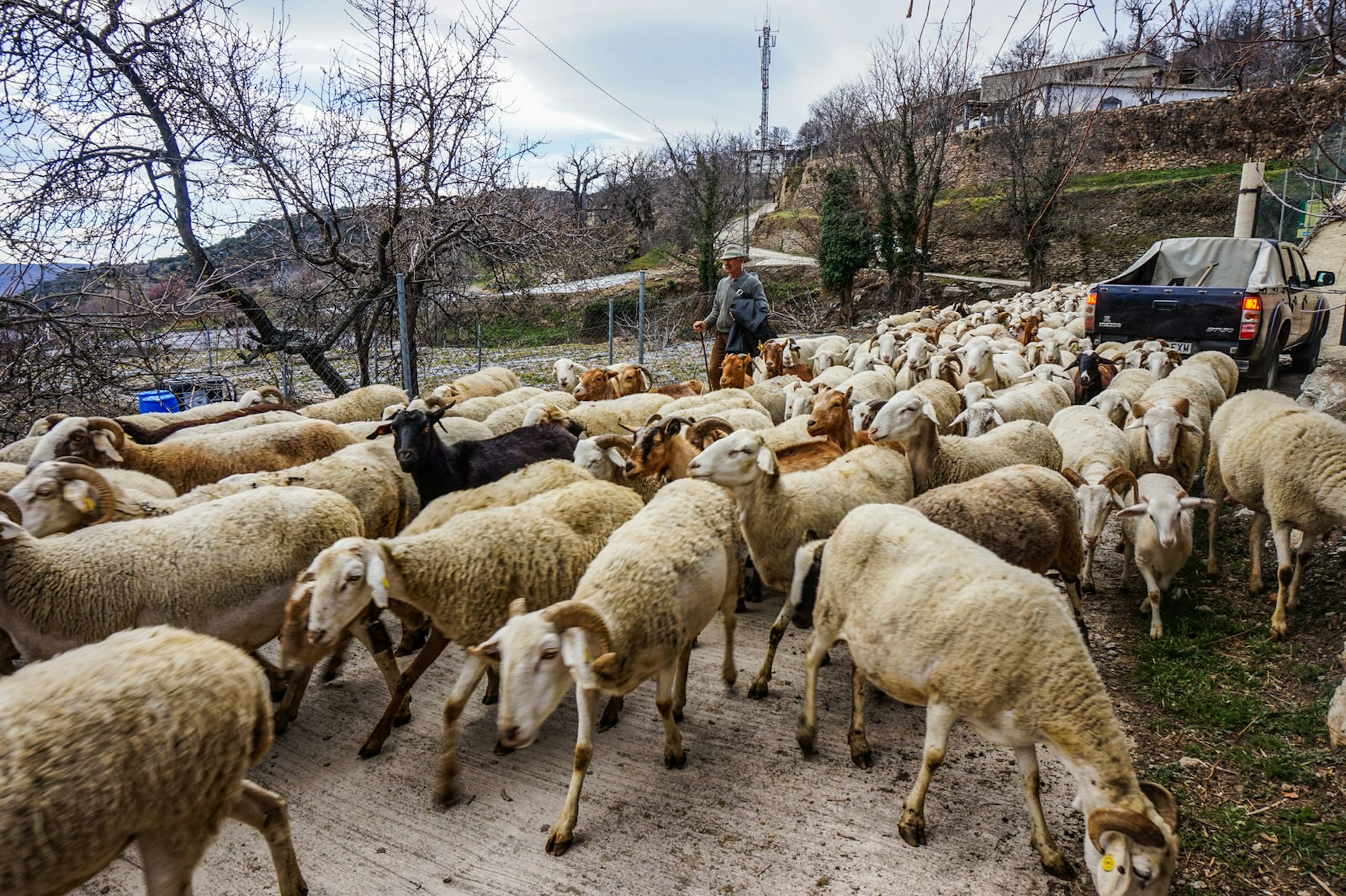
Over the next 20km the villages get ever more spectacular from Bérchules through Juviles and onto Trevélez, the second highest village in Spain that clings precipitously to an eponymous canyon in the shadow of Mulhacén, mainland Spain’s highest peak.
Trevélez can be used as a base to tackle the relatively easy grunt up Mulhacén, but, if you’re well and truly knackered by this point (understandable), it’s also a good place to get on a bus and jump-cut to the Poqueira canyon further west. Overnight digs in Trevélez can be found at Hotel La Fragua, which also runs a home-style restaurant. The village is famous for its jamón serrano – cured ham that matures perfectly in the fresh mountain air. The hams hang ubiquitously on hooks in bars and shops around town, just out of head-butting distance.

From the arid treeless landscapes of Trevélez the GR7 swings south and then west through Busquístar before dipping into La Tahá, a gentle, pastoral valley sprinkled with seven tightly knotted hamlets. The GR7 will deposit you in the largest of them, Pitres, a good overnight stop if you desire tourist-free tranquility. The next canyon, the Barranco de Poqueira, five steep-ish kilometres away, is a busier proposition.
Fiestas and artisan workshops
Across a high ridge, the Barranco de Poqueira guards Pampaneira, Bubión and Capileira, the Alpujarras’ three prettiest and most quintessential villages that sit stacked up on top of one another on steep, terraced slopes. Sharing a common Moorish heritage, the settlements are known for their feisty summer fiestas and traditional artisan workshops. You can while away countless hours watching leather-makers, potters, loom-operators and basket-weavers religiously practicing their ancient crafts. Indeed, for quality handmade goods this is possibly Spain’s finest (and highest) ‘shopping mall’.
The only problem if you’re hiking is that it’s still 25km along sinuous paths to Lanjarón, not ideal if you’re dragging a bag loaded with leather jackets, delicate ceramic pots and heavy Pampaneira blankets.

The solution? Come back for a shopping expedition at a later date, or book a room in Capileira’s mega-comfortable Hotel Real de Poqueira (hotelpoqueira.com), store away your souvenirs and spend a couple of days exploring the complex spider’s web of paths that speckle the higher reaches of the Poqueira canyon. Buses run back to Granada thrice daily from all three villages.
Hikers pressing on to Lanjarón should look out for golden and Bonelli’s eagles as they approach their final destination. Birds of prey aside, the so-called ‘gateway to the Alpujarras’ is notable for its cured ham, spring water and recuperative spa, all three of which could come in handy as you descend into town after five days of Alpujarran knee-bashing.

